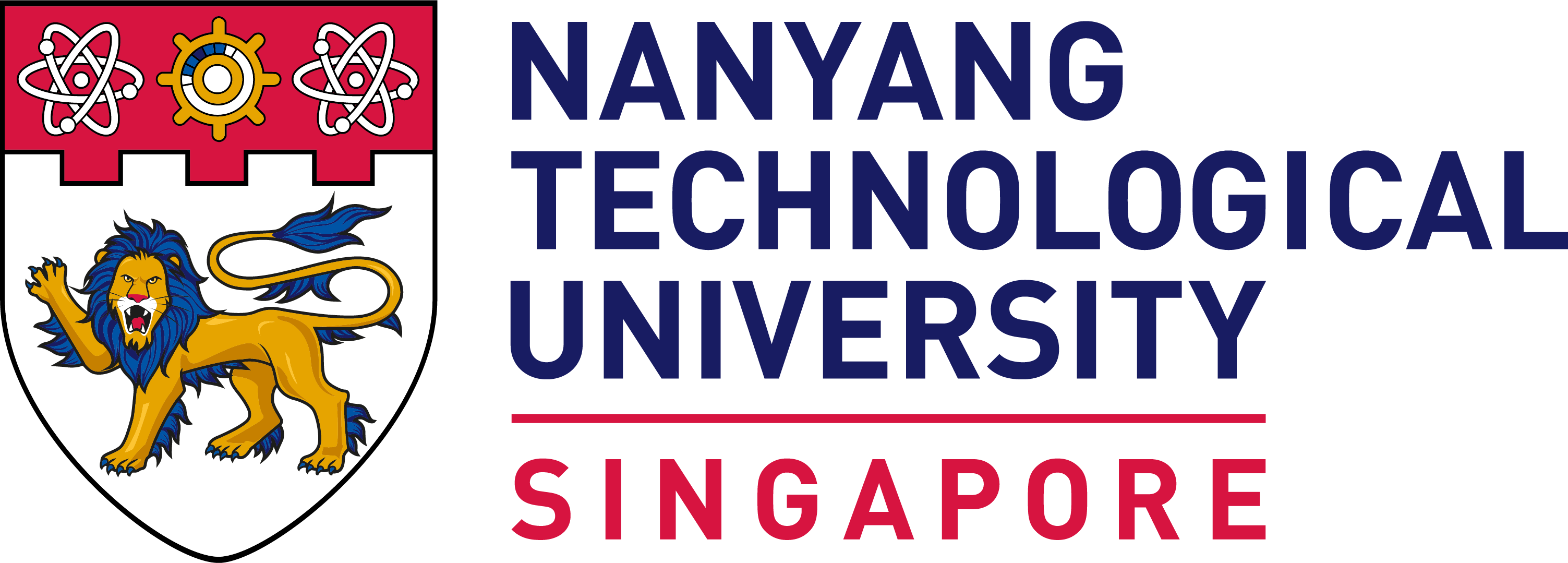Dr Qiang Qiu invited to Taiwan Institute of Earth Sciences to share expertise on earthquakes

The risk of earthquakes is one of the most serious hazards facing societies in Southeast Asia, as is flooding and tsunamis following an earthquake. At ASE and EOS researchers use the latest techniques to map and understand tectonic activity, knowledge that can guide policy makers, town planners, emergency services and insurance companies towards safer and more resilient societies. An acknowledgement of the high quality of our research and the demand that exist for it is when we get requests from other Southeast Asian research institutions to share our knowledge. Therefore, we could not be more pleased to announce that Dr Qiu has been invited to visit the geodesy group at Institute of Earth Sciences, Academia Sinica, in Taiwan for 7 days to share his expertise with them.
Dr Qiang Qiu is a research fellow of EOS specializing in tectonic deformation from the perspectives of geodesy and earthquake physics over earthquake cycles. In other words, he uses very sophisticated mathematical methods to study changes in rock foundation that follow after earthquakes. Applying data on the earth surface from various geodetic sources allows him to create predictive models of rock behaviour after an earthquake has taken place. This enables him to better understand the mechanisms of energy release dictating earthquake dynamics. In addition, he also constructs models for tsunamis triggered by tectonic events like earthquakes, enabling better risk assessment. The knowledge produced by Dr Qiu and colleagues enables better risk assessment of natural hazards to prevent loss of life and property damage due to earthquakes in the future.
Taiwan is prone to earthquakes due to its position near the intersection of two tectonic plates, and suffered a 6.4 magnitude earthquake in February of 2018 that caused the loss of 17 lives as well as significant property damage. In 1999 Taiwan was hit by a 7.6-magnitude earthquake, killing over 2000 people.
Read more about Dr Qiang Qiu and Earthquake Physics at EOS here

